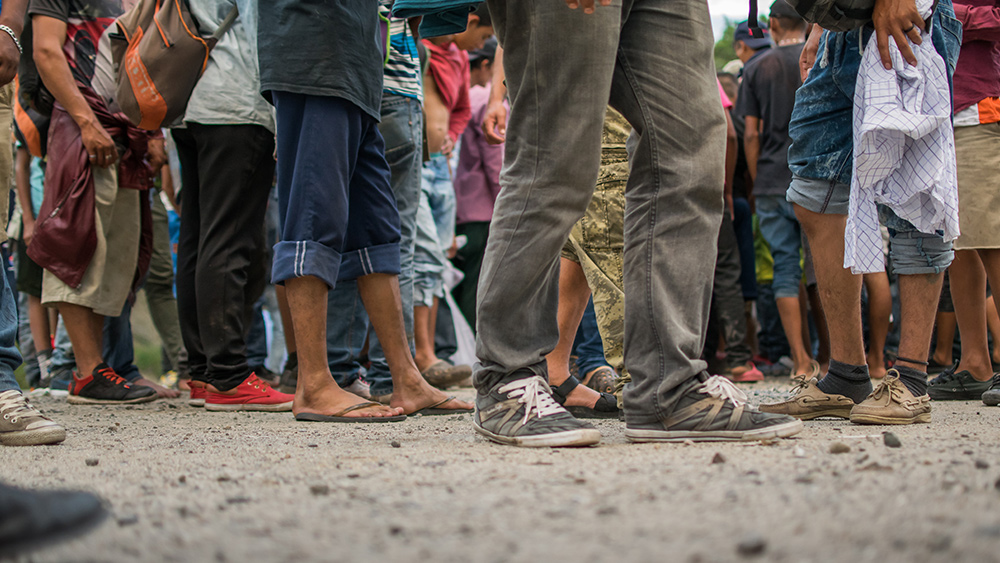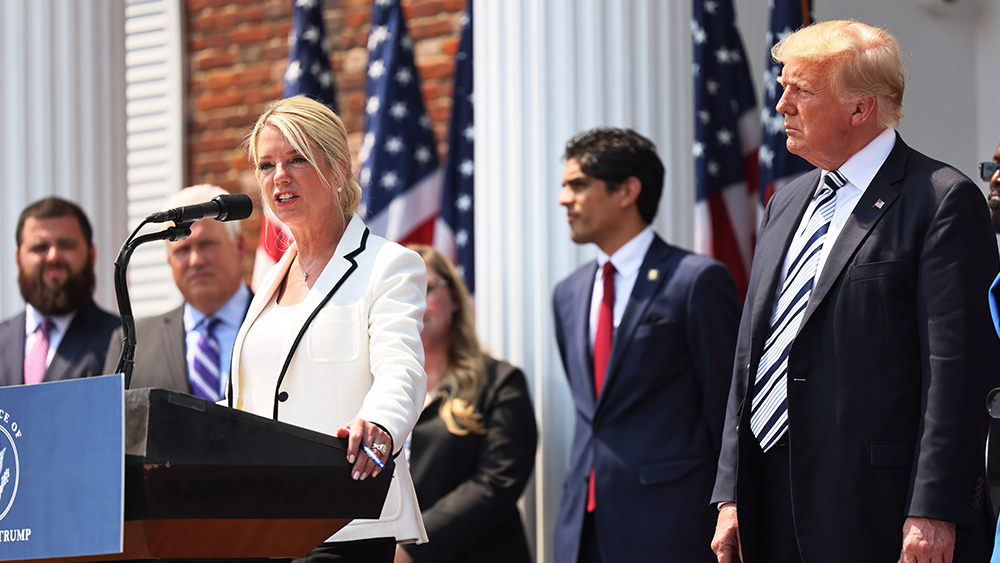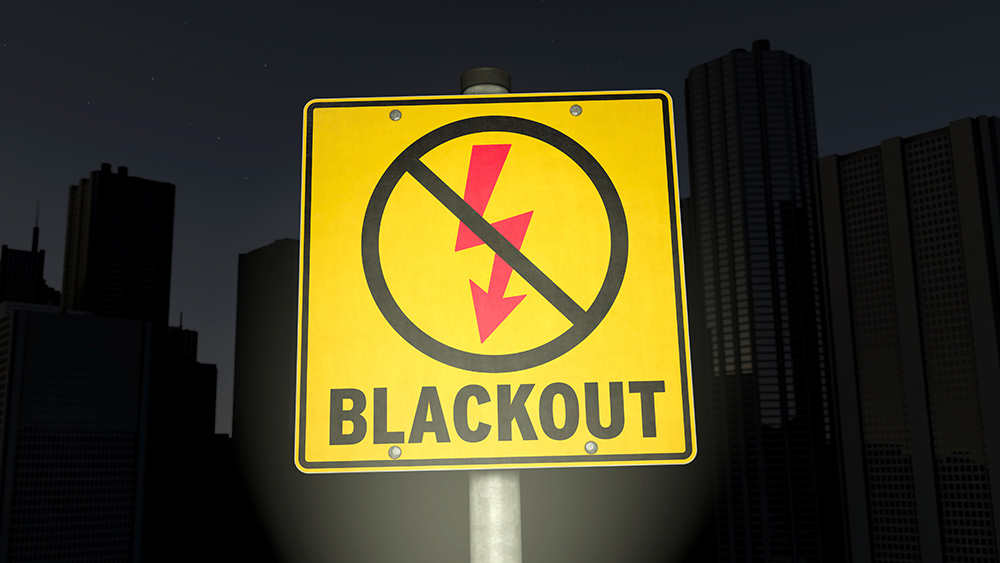Military deportation flights to Guatemala cost way more than a first class ticket
By bellecarter // 2025-02-05
Tweet
Share
Copy

- The use of U.S. military aircraft for deporting migrants is significantly more expensive than commercial alternatives, with a reported cost of $4,675 per migrant, totaling around $299,250 for a single flight to Guatemala.
- This approach marks an unprecedented shift in U.S. immigration policy, diverging from the traditional use of cost-effective commercial charter flights, and is part of President Donald Trump's broader national emergency declaration on immigration.
- The policy has led to diplomatic tensions, as exemplified by Colombia's refusal to allow U.S. military planes to land, opting instead to send its own planes to collect migrants, highlighting unease among Latin American countries.
- Trump defended the policy, emphasizing its historical significance and warning that countries refusing to cooperate would face economic consequences, while White House Press Secretary Karoline Leavitt reinforced the message of severe consequences for illegal entry.
- The policy raises concerns about the long-term impact on U.S. relations with Latin American countries, as the high costs and logistical challenges may lead to decreased cooperation on immigration matters.
Diplomatic standoff
The use of military aircraft for deportations has not only raised financial concerns but also led to diplomatic tensions. Colombia, for instance, refused to allow two U.S. C-17 cargo aircraft to land, opting instead to send its planes to collect migrants after a standoff with the Trump administration. This refusal underscores the growing unease among some Latin American countries regarding the U.S. approach to immigration. (Related: Mexico refuses to allow U.S. military planes deporting migrants to land in the country.) Trump, speaking at his Doral golf club to Republican lawmakers, defended his decision, stating, "For the first time in history, we are locating and loading illegal aliens into military aircraft and flying them back to the places from which they came." He vowed that the practice would continue and warned that countries refusing to cooperate would "pay a high economic price." White House Press Secretary Karoline Leavitt echoed this sentiment, posting images of migrants boarding a C-17 and declaring, "President Trump is sending a strong and clear message to the entire world: if you illegally enter the United States of America, you will face severe consequences." The use of military aircraft for deportations is a significant shift in U.S. immigration policy and marks a departure from previous administrations' approaches. Historically, deportations have been carried out using commercial charter flights, which are more cost-effective and less likely to provoke diplomatic tensions. The current policy is part of Trump's broader national emergency declaration on immigration, which he announced last week. This declaration has allowed the administration to allocate additional resources to border security and deportation efforts. However, it has also drawn criticism from immigration advocates and some lawmakers who argue that it is an overreach of executive power and an unnecessary escalation of immigration enforcement. The use of military aircraft for deportations also raises questions about the long-term implications for U.S. relations with Latin American countries. The diplomatic standoff with Colombia is just one example of the potential fallout from this policy. As more countries become aware of the high costs and logistical challenges associated with military deportations, they may be less willing to cooperate with the U.S. on immigration matters. Trump.news has more stories on the president's illegal immigration policies. Watch the video below that talks about the Maryland mayor taking heat over vows to resist Trump deportation efforts. This video is from the TrendingNews channel on Brighteon.com.More related stories:
Border Czar Tom Homan promises daily deportation flights, targeting ALL illegal immigrants in the US. Dallas protesters rally against Trump’s mass deportation plan. Trump's aggressive immigration raids spark controversy and praise. A new dawn at the border: Trump administration shuts down CBP One, begins mass deportations. Sources include: Reuters.com AOL.com Brighteon.comTweet
Share
Copy
Tagged Under:
Donald Trump economy illegal immigration migrants finance deportation immigration enforcement invasion usa immigration policy diplomatic relations commercial flights border policies military flights military aircraft mass deportation IceAir
You Might Also Like
Entire government agencies face elimination in sweeping DOGE cost-cutting moves
By Cassie B. // Share
Trump and Putin agree to Ukraine peace talks, with potential meeting in Saudi Arabia
By Cassie B. // Share
USAID tied to Trump’s 2019 impeachment, Shellenberger reports
By News Editors // Share
Europe braces for influx of Ukrainian soldiers with PTSD: A looming crisis
By Willow Tohi // Share
Recent News
Earth-like soil patterns on Mars reveal clues to the planet’s climate history
By willowt // Share
Virologist who endorsed HCQ for COVID-19 appointed to top pandemic post at HHS
By ramontomeydw // Share










